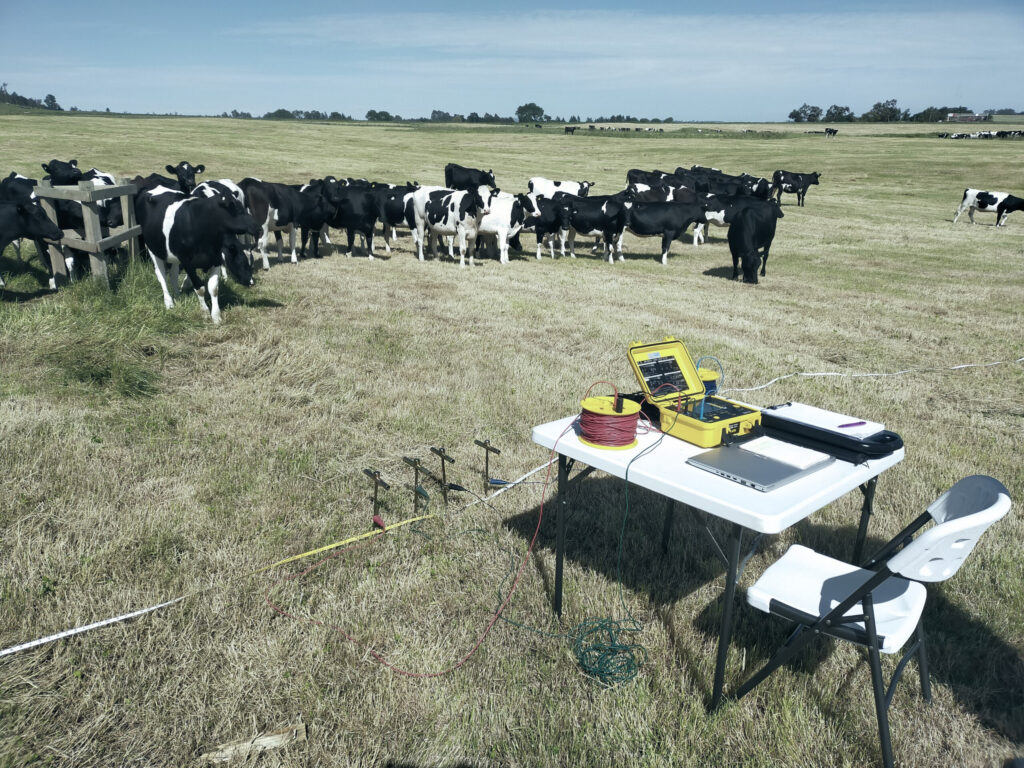TESTING SERVICES
Niko provides specialist on-site testing services throughout New Zealand.
Soil Electrical Resistivity Testing
Electrical soil resistivity testing is done to assess how well soil can conduct or resist an electrical current.
This testing is important when designing a new electrical site or making modifications to an existing one. During the testing process, multiple probes are driven into the ground along specific paths, gradually increasing the spacing between the probes. Measurements of soil electrical resistivity are recorded using specialised equipment.
The testing results are then used to create a soil resistivity model, which is essential for designing the earth grid of the site.
Soil Thermal Resistivity Testing
Niko performs soil thermal resistivity testing both on-site and in the laboratory for projects that involve the installation of high voltage power cables.
These tests require digging pits at specific locations along the proposed works, extracting core samples, conducting in-situ thermal resistivity tests, and transporting the samples to a specialised laboratory for further analysis.
The sampling locations are carefully chosen across the site to ensure a comprehensive representation of the different soil types that will be encountered during the project. This allows for a more accurate analysis of the entire project area.
The testing process also includes controlled drying of the samples in the laboratory to evaluate how variations in moisture content affect the soil’s thermal resistivity. The results obtained from these tests enable the refinement of cable route selection and the fine-tuning of cable sizing, both of which can lead to significant cost savings on a cable project.
Off-Frequency Current Injection Testing
Off-frequency current injection testing is conducted to ensure the safety of people during an earth fault on the connected electrical network.
This test involves simulating an earth fault by injecting current into the ground at a frequency different from the standard 50 Hz to avoid interference. Voltage measurements are taken between the site being tested and a remote location to determine the increase in earth voltage, also known as Earth Potential Rise (EPR).
During an actual fault, the current flowing through the earth grid is much higher than the current used for testing, so the test results are scaled up based on the ratio between the test current and the actual fault current. If the measured earth potential rise falls within the tolerable voltage limits calculated for the specific fault scenario, the site is considered safe.
OUR LATEST PROJECT
Soil Earth Resistivity Testing
Our team carried out important on-site soil resistivity testing for the earthing design of a client’s new power station.
This test used the Wenner 4 pin test method and as in this case the earthing system is to be relatively large, long test runs were considered prudent.
Four 300 m test runs were carried out to obtain sufficient data for us to develop the necessary soil model for earth grid design.
This type of testing is often required before project planning or tendering can commence.
Niko can carry out these tests for any new major electrical generation or substation site.
For further information about this project and how we can help you with your next testing project, please contact Russell Cathcart at:
russell.cathcart@niko.nz



